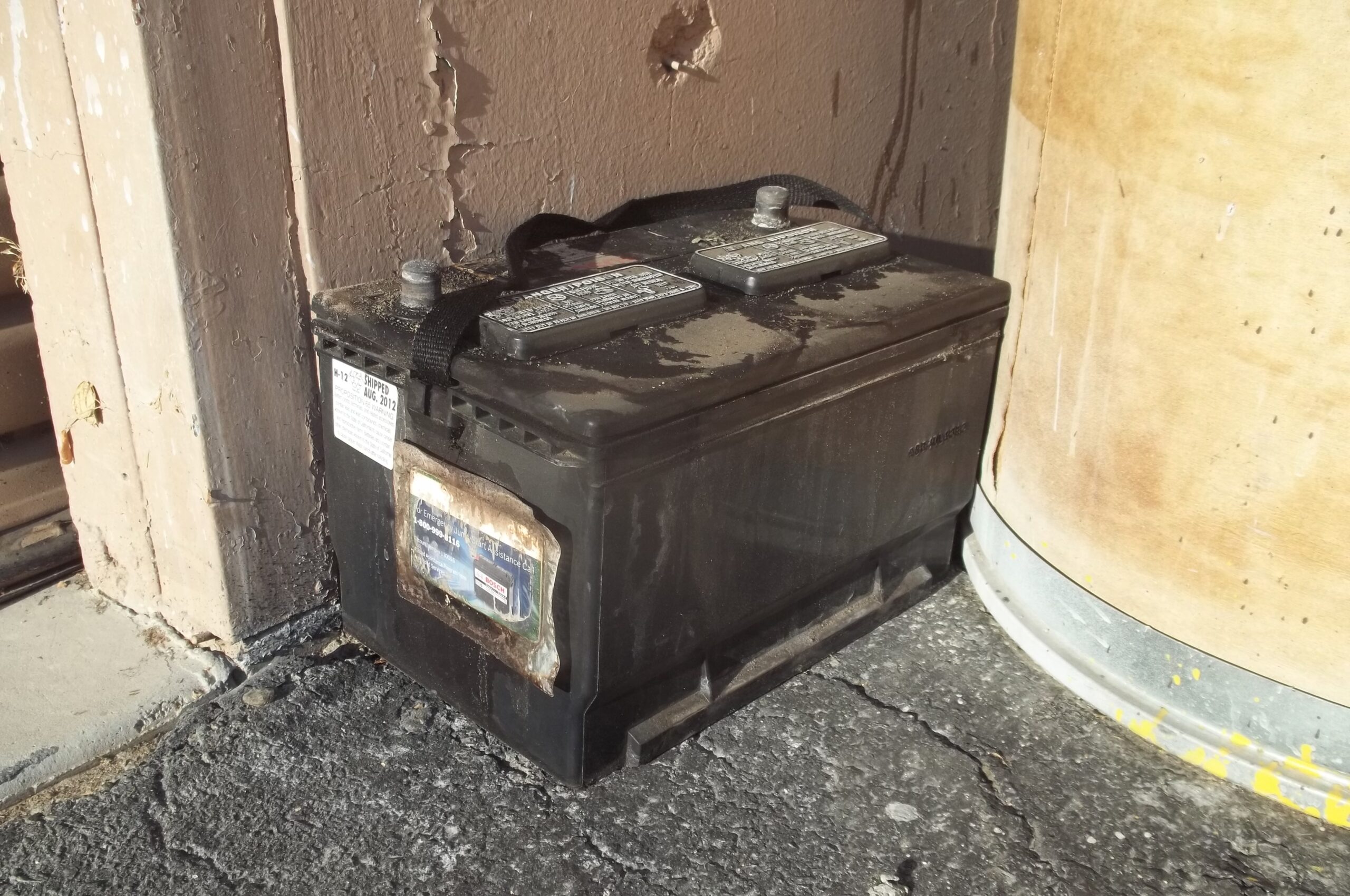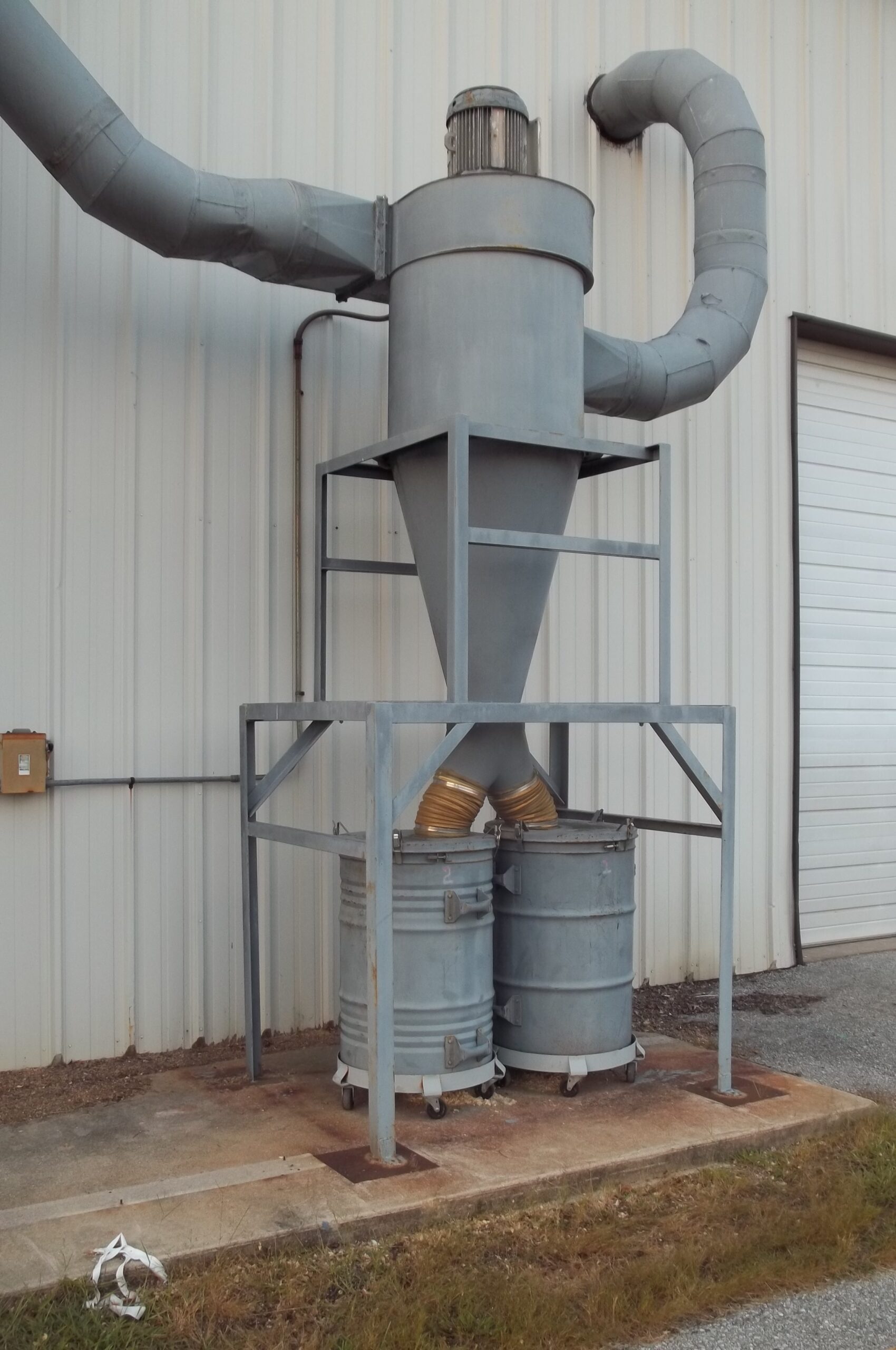A company I am familiar with is a Large Quantity Generator (LQG) of hazardous waste, largely due to the generation of what it has determined to be U-listed hazardous waste. The point of generation for the waste is an air pollution control device (dust collector) that services a process where several raw materials – some U-listed – are mixed. It is my opinion that the waste determination in this case is incorrect in that a U-code (and a P-code for that matter) does not apply in this case. I shared this opinion with company representatives and was met with skepticism. Let’s review this particular aspect of the P- and U-codes and see what you think.
First, a little background:
P- and U-wastes are identified at 40 CFR 261.33 and along with F- and K-wastes make up the four kinds of listed hazardous wastes. P- and U- wastes are discarded commercial chemical products, off-specification species, container reisdues, and spill residues thereof. EPA further described them at the publication of the Final Rule (45 FR 33115):
“EPA intended to encompass those chemical products which possessed toxic or other hazardous properties and which, for various reasons, are sometimes thrown away in pure or undiluted form. The reasons for discarding these materials might be that the materials did not meet the required specifications, that inventories were being reduced, or that the product line had changed. The regulation was intended to designate chemicals themselves as hazardous wastes, if discarded, not to list all wastes which might contain these chemical constituents. In drawing up these lists, the agency drew heavily on previous work by EPA and other organizations identifying substances of particular concern [e.g. ,the Department of Transportation].” Emphasis mine.
The key to proper determination of a P- or U-listed hazardous waste is the identification of a Commercial Chemical Product (CCP), the regulations include several references to CCP’s, including:
- Virgin or unused materials whose name appears on the P- or U-list.

- Manufacturing chemical intermediates whose name appears on the P-or U-list.
- Off-specification species of listed virgin or chemical intermediates.
- Container residues of listed materials that are not “RCRA Empty” per 40 CFR 261.7.
- Residue and spill clean-up of listed materials.
A comment included with 40 CFR 261.33(d) clarifies this further:
“Comment: The phrase “commercial chemical product or manufacturing chemical intermediate having the generic name listed in . . .” refers to a chemical substance which is manufactured or formulated for commercial or manufacturing use which consists of the commercially pure grade of the chemical, any technical grades of the chemical that are produced or marketed, and all formulations in which the chemical is the sole active ingredient. It does not refer to a material, such as a manufacturing process waste, that contains any of the substances listed in paragraph (e) or (f). Where a manufacturing process waste is deemed to be a hazardous waste because it contains a substance listed in paragraph (e) or (f), such waste will be listed in either §261.31 or §261.32 or will be identified as a hazardous waste by the characteristics set forth in subpart C of this part.” Once again, emphasis mine.
Once again, the EPA makes clear that both P- and U-codes are meant to be applied to virgin material or a manufacturing chemical intermediate which has not yet been processed or reacted. P- and U-codes are specifically not to be used for manufacturing process waste. OK, what is a manufacturing process waste?
Quite simply, a manufacturing process waste is any waste generated once the CCP or manufacturing chemical intermediate has left the “Material Handling Stage” and entered the “Manufacturing Process”. If the point of generation of the waste (ie. the moment it is or is decided to be discarded) is within the manufacturing process it is a manufacturing process waste. A manufacturing process waste cannot be a CCP or manufacturing chemical intermediate. Therefore it cannot be a P- or U-listed hazardous waste.
Please note however that if the P- and U-codes don’t apply, the waste may still be hazardous as a F- or K-listed hazardous waste. Or, it may be hazardous for one of the four characteristics: ignitability, corrosivity, reactivity, or toxicity. It could also be a combination of several of the above.
My example company should remove the U-codes from this waste and, assuming no other listed or characteristic hazards, reclassify it as a non-hazardous waste. This will likely change its hazardous waste generator status from LQG to Small Quantity Generator (SQG).
Some mistakes a company makes in its interpretation of the hazardous waste regulations can cost money in fines and violations. Others, like this one, result in unnecessary waste disposal costs and adherence to overly restrictive regulations (ie. LQG instead of SQG). Both of these kinds of mistakes can be avoided by attending one of my open enrollment training sessions. At my training I cover the EPA regulations for hazardous waste personnel in the 1st half of the day (4 hours) and the DOT regulations for the transportation of hazardous materials in the 2nd half (4 hours). One day is all it takes to get you back in compliance and avoiding costly mistakes like this.







